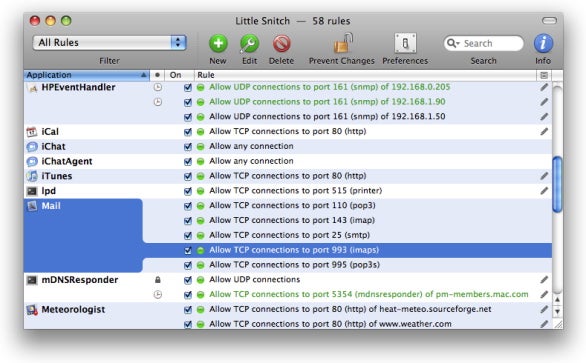

To learn how to do this for your Linux device, see how to enable IP forwarding. If it is not enabled, you may see an error when using -advertise-routes or -advertise-exit-node. Tailscale’s routing features ( subnet routers and exit nodes) require IP forwarding to be enabled.

Why do I get an error about IP forwarding when using advertise-routes? See the article on connecting to external services with IP blocklists via Tailscale for more details. an IP allowlist) you can also route only a subset of your traffic using subnets. If you want to force your traffic through a particular IP (to handle an IP blocklist - a.k.a. Yes! On Tailscale, you can define an exit node, which automatically configures default routes on your behalf. Pong from node2 (100.99.98.96) via 1.2.3.4:1234 in 127msĬan I route all of my traffic through a default route? On the second ping, at which time tailscale ping stopped. This tailscale ping node2 example indicates the node was reached via the “sea” relay on the first ping, and via direct path For example, if the first five pings were relayed and the sixth ping was a direct path, tailscale ping will Tailscale ping will keep trying until it either sends 10 pings (the default if not using the -c flag) through the relays, orįinds a direct path. If there is no relay "code" line in the tailscale status output, then your traffic is not being routed through DERP.Īlso, the tailscale ping command will indicate whether a successful ping was by direct path or via DERP. For example, the second line in this tailscale status output indicates traffic is being routed through Relay "code", then your traffic is being routed via a relay server that Use the Tailscale CLI to run the tailscale status command. More in depth information is provided to troubleshoot direct and relayed connections. How do I know if my traffic is being routed through DERP?
#Little snitch windows equivalent mac

On one of the systems, uninstall and completely delete the Tailscale app. You can identify duplicated devices in the admin console by looking for a “Duplicate node key” badge underneath the device name.

The Tailscale files will need to be removed from one of the two. The Tailscale configuration files are duplicated. This can occur if you use a backup of one machine to create another, or clone a filesystem from one machine to another. Two of my devices have the same 100.x IP address My firewall blocks everything by default. My macOS client gets stuck at Loading backend.ĭo you have a virus scanner (or other form of endpoint security) such as ESET installed? In some cases we’ve found that security measures interfere with Tailscale’s operation. Refer to this issue for updates on improving related notifications and user experience. This can be enabled/disabled in your Mac’s Security & Privacy settings. Similarly, macOS’ “stealth mode” will prevent macOS from responding to pings. Be sure that you’ve enabled your Windows machines to be able to both send and receive ICMP traffic.Ī faster, but riskier approach to test this is to (temporarily) disable the Windows firewalls to see if it makes any impact. Windows generally has aggressive firewall rules set up, even for ICMP (ping) traffic (both incoming and outgoing). I can’t send/receive pings from Windows or macOS If you have additional issues, contact support. This article contains various suggestions and tips to help troubleshoot setup and connectivity issues.


 0 kommentar(er)
0 kommentar(er)
